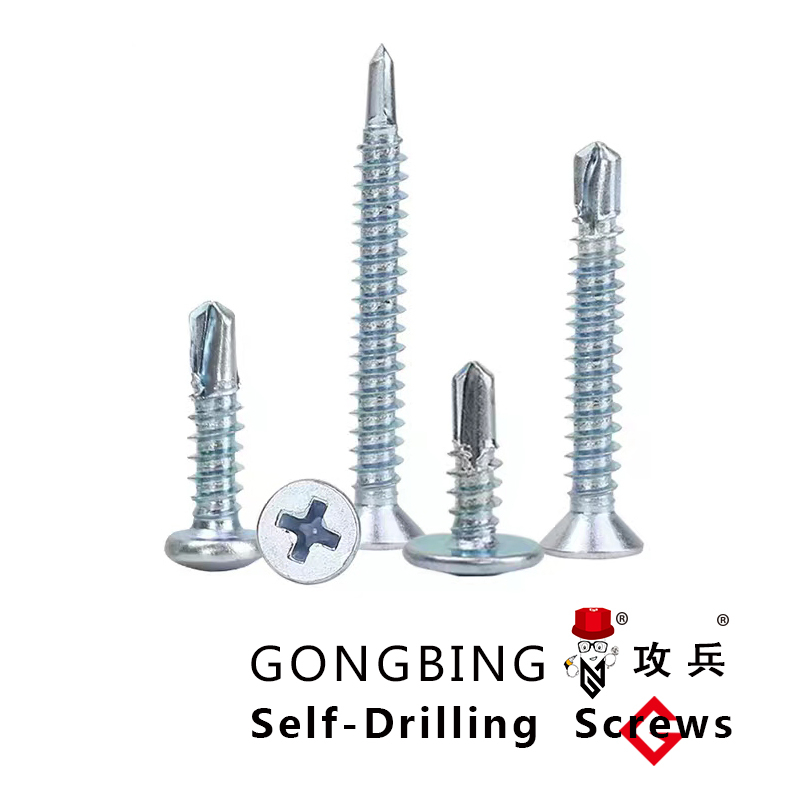Comparative Analysis of Wedge Anchor Bolt Pricing Trends and Market Factors Influencing Costs
Understanding the Price Dynamics of Wedge Anchor Bolts
Wedge anchor bolts are essential components used in various construction and industrial applications. Their primary function is to provide a secure fastening solution when anchoring objects to concrete. As with any construction material, the price of wedge anchor bolts can vary significantly based on several factors. Understanding these factors can help both buyers and suppliers make informed decisions.
Factors Influencing Price
1. Material Composition Wedge anchor bolts are typically made from carbon steel, stainless steel, or alloy steel. The material used has a direct impact on the cost. For instance, stainless steel bolts are often more expensive due to their corrosion resistance and durability compared to carbon steel. When selecting materials, buyers must consider the environmental conditions in which the bolts will be used, as this will affect both choice and cost.
2. Bolt Size and Diameter The size and diameter of the anchor bolt also play a significant role in determining the price. Larger bolts require more material and may also involve more complex manufacturing processes. Custom sizes will typically incur additional costs. Therefore, it’s essential for buyers to accurately assess their requirements to avoid overspending on unnecessary specifications.
3. Coatings and Finishes Many wedge anchor bolts come with various coatings to enhance their performance, such as zinc plating or hot-dip galvanization. These finishes provide additional protection against environmental factors, but they also add to the overall cost. Buyers need to evaluate the cost versus the benefits of these coatings based on their specific applications.
wedge anchor bolt price

4. Manufacturing Process The manufacturing technique used to produce wedge anchor bolts can also affect pricing. Bolts that are mass-produced may be cheaper than those made through custom or specialized processes. Furthermore, automated manufacturing can lower labor costs and, in turn, the final price of the product.
5. Market Demand and Availability Like any other commodity, market demand plays a crucial role in determining prices. Periods of high construction activity can lead to increased demand for wedge anchor bolts, driving prices upward. Conversely, during downturns, prices may decrease due to a surplus in supply. Buyers should keep an eye on market trends to anticipate changes in pricing.
6. Volume of Purchase Bulk purchasing often results in lower prices per unit. Suppliers frequently offer discounts for large orders, making it cost-effective for construction companies and contractors to buy in bulk. However, buyers should weigh the benefits against their immediate needs to avoid excess inventory.
7. Geographical Location Transportation costs and regional economic conditions can also influence the price of wedge anchor bolts. In locations where the supply is limited or where shipping fees are high, prices tend to be elevated. Conversely, buying from local suppliers can reduce transportation costs, potentially leading to savings.
Conclusion
In conclusion, the price of wedge anchor bolts is influenced by various factors ranging from material composition and size to market demand and geographical conditions. Buyers should take these aspects into account when budgeting for a project. Understanding these dynamics will not only assist contractors and purchasers in selecting the right products but will also enable them to make financially conscious decisions. Ultimately, by staying informed about the factors that affect prices, stakeholders can optimize their purchasing strategies and ensure successful project outcomes in the construction industry.
-
Weatherproof Plastic Expansion Anchors for OutdoorNewsJun.06,2025
-
Sustainability in the Supply Chain: Eco-Friendly TEK Screws ProductionNewsJun.06,2025
-
Load-Bearing Capacity of External Insulation FixingsNewsJun.06,2025
-
Double Head Bolts: Enhancing Efficiency in Industrial MachineryNewsJun.06,2025
-
Corrosion Resistance in Chipboard Screws: Coatings for Wholesale DurabilityNewsJun.06,2025
-
Butterfly Toggle Bolts : Enhancing Structural ResilienceNewsJun.06,2025
